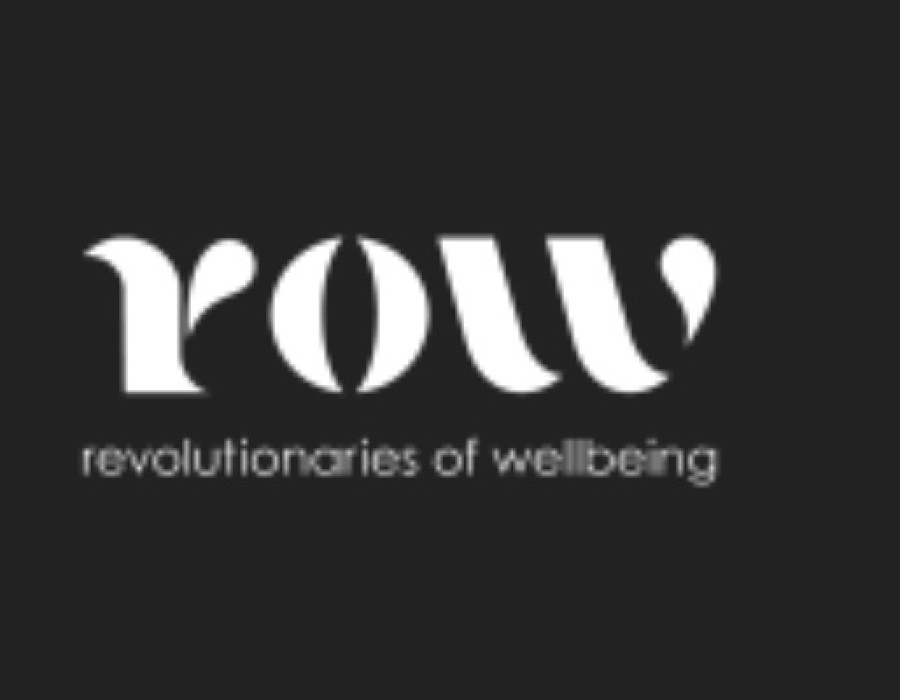In the fast-paced, competitive landscape of the corporate world, a paradigm shift has occurred—one that places an increased emphasis on employee well-being. corporate wellness programs have emerged as a cornerstone of progressive organizations, recognizing that a healthy workforce is not just a perk but a strategic asset that fuels productivity, creativity, and overall success.
Evolution of Corporate Wellness:
Gone are the days when employee benefits solely focused on healthcare coverage. The evolution of corporate wellness programs now encompasses a holistic approach, addressing physical, mental, and emotional well-being. These programs offer a diverse array of initiatives ranging from fitness memberships, nutrition counseling, mental health support, stress management workshops, to mindfulness sessions.
Employee-Centric Approach:
The essence of corporate wellness lies in its employee-centric philosophy. Recognizing that employees are the heart of any organization, these programs are tailored to cater to diverse needs and preferences. Whether it's promoting a healthy work-life balance, offering flexible work arrangements, or providing resources for personal development, the focus remains on nurturing individuals within the organizational ecosystem.
Boosting Engagement and Productivity:
A healthier workforce invariably translates to higher engagement and productivity. Employees who feel supported in their well-being are more likely to be motivated, focused, and committed to their work. Wellness initiatives not only reduce absenteeism due to health issues but also enhance presenteeism—employees being present and engaged while at work, contributing meaningfully to the organization's goals.
Creating a Positive Work Culture:
Corporate wellness programs play a pivotal role in shaping the organizational culture. By prioritizing the well-being of employees, companies signal their commitment to fostering a supportive and caring environment. This, in turn, cultivates a sense of loyalty and belonging among employees, leading to higher retention rates and a more vibrant workplace culture.
ROI and Long-Term Benefits:
Investing in employee wellness yields tangible returns for businesses. While it may seem like an additional cost, the return on investment (ROI) is evident in reduced healthcare expenses, increased productivity, decreased turnover rates, and improved employee morale. Healthy, happy employees contribute not just to the bottom line but to the overall success and sustainability of the company.
Adapting to Changing Needs:
The landscape of wellness is dynamic, evolving in response to changing societal norms and employee expectations. Forward-thinking companies continuously adapt their wellness programs, incorporating new trends, technologies, and insights to ensure they remain relevant and effective.
Conclusion:
Corporate wellness programs stand as a testament to an organization's commitment to its most valuable asset—its people. Beyond the tangible benefits, these initiatives signify a shift towards a more compassionate and progressive approach to business. As companies increasingly recognize the intrinsic link between employee well-being and organizational success, the evolution and impact of workplace wellness strategies programs continue to chart a course towards healthier, happier, and more productive workplaces.
Source Url : - https://sites.google.com/view/revolutionariesofwelbeingcom/home





Comments